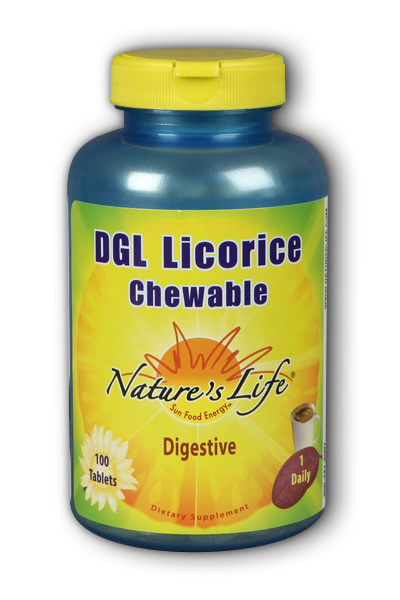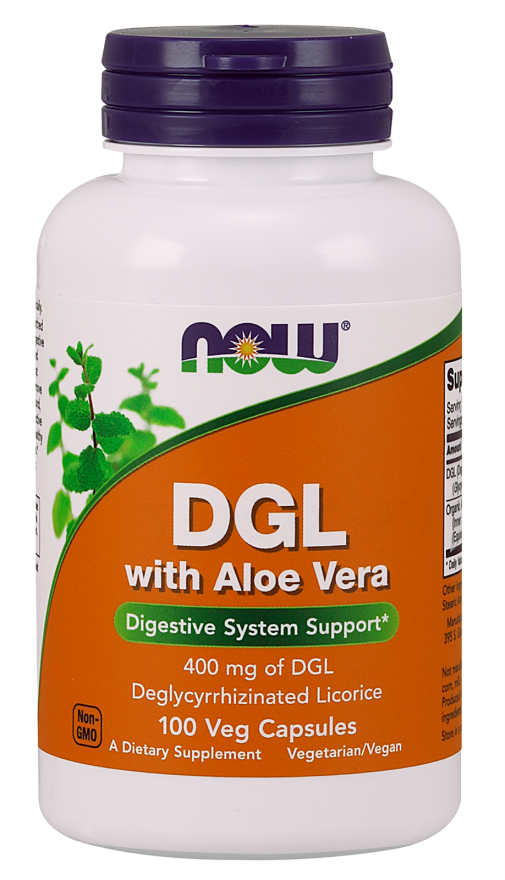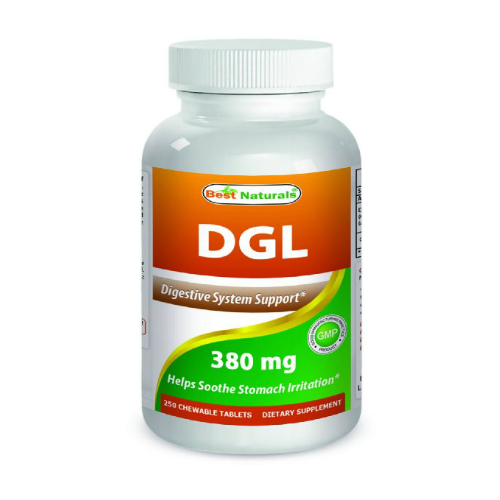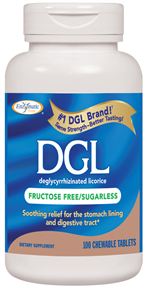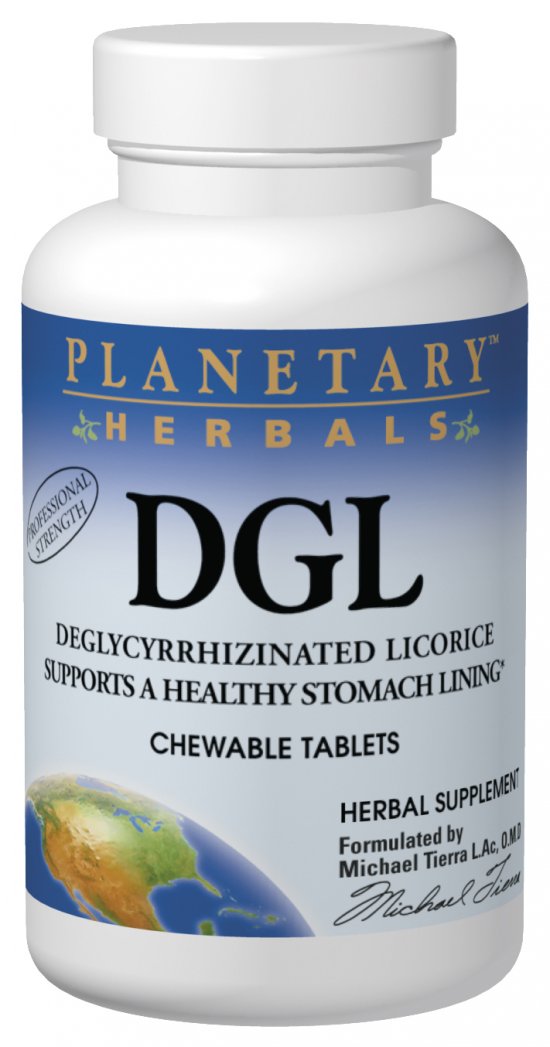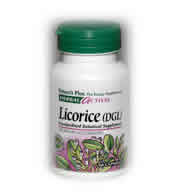- *MSRP:
$18.39- Our Price:
- $15.63
- Subscribe and Save:
- $10.86ea.
- Buy: at $15.63
- UPC: 040647004320
- # 15432
Unlock Nature’s Secret to Gastrointestinal Health – DGL Licorice ChewableIndulge in Nature's Life DGL Licorice Chewable, an exceptional supplement meticulously designed to offer support for normal stomach acid and gastrointestinal function, and to maintain the integrity of your mucosal membranes. This chewable tablet, packed with the goodness of licorice, offers a natural and effective solution to maintain your digestive health. DGL, or Deglycyrrhizinated Licorice, has a rich history spanning many centuries. Traditionally used in Ayurvedic and Chinese medicine, it was lauded for its remarkable healing properties. Today's scientists verify these traditional claims, validating licorice's potent effects on gastrointestinal health. Once consumed, the DGL Licorice Chewable works its magic inside your body. The active ingredients stimulate your body's natural defensive mechanisms, bolstering the function and health of your stomach and gastrointestinal tract. This results in an optimized digestive process, which translates into better overall health. Our customers often hail from backgrounds seeking natural, effective supplements to maintain their digestive health. With our DGL Licorice Chewable, they find a solution that works in harmony with their body’s processes. This product assists in maintaining healthy stomach acid levels, fosters normal gastrointestinal function, and helps safeguard the health of mucosal membranes. Unique Selling Points:
Additional Benefits:
Helpful Tips:
Don't let your digestive health disrupt your life. Opt for Nature's Life DGL Licorice Chewable, an all-natural supplement designed to support your gastrointestinal function and maintain mucosal membrane health. It's time to embrace the benefits of centuries-old wisdom combined with modern science. Click the "Buy Now" button and set the first stone on your journey towards holistic well-being.
WARNING: Do not use if safety seal is broken or missing. Keep out of reach of children. Keep your licensed health care practitioner informed when using this product. Do not use if you are pregnant or nursing.DIRECTIONS: Use only as directed. Chew one (1) tablet 20 minutes before each meal and before bedtime. Store in a cool, dry place.
| |||||||||||||||||||||||||||||||||
Helpful Customer Reviews

